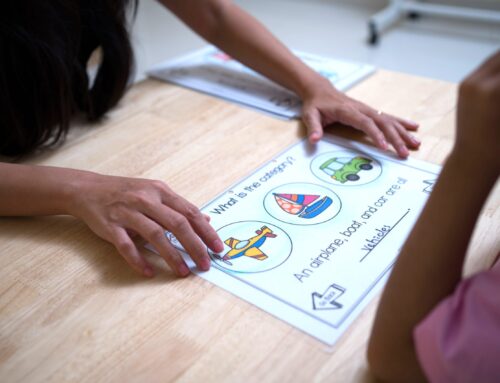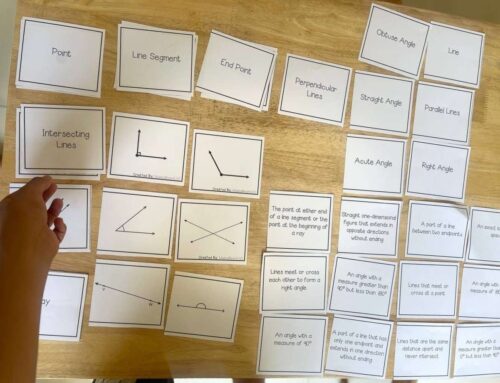Special education is a broad term encompassing a variety of educational practices and services designed to cater to the individual needs of students with disabilities. It’s not a one-size-fits-all approach, but rather a framework that ensures all students have the opportunity to reach their full potential.
Who Benefits from Special Education?
Students eligible for special education services typically have identified learning challenges that hinder their ability to learn effectively in a general education classroom setting. These challenges can manifest in various ways, including:
- Learning disabilities: Dyslexia, dyscalculia, dysgraphia, and auditory processing disorders are some common examples.
- Physical disabilities: Visual impairments, hearing impairments, and mobility limitations may necessitate modifications to the learning environment.
- Developmental delays: Students who experience delays in reaching developmental milestones may benefit from specialized instruction.
- Emotional and behavioral disorders: Students who struggle with managing emotions or disruptive behaviors might require targeted support.
- Gifted and talented: Exceptionally gifted students may also require specialized instruction to meet their advanced learning needs.
What Does Special Education Look Like?
Special education services can vary greatly depending on the individual student’s needs. Here are some common elements:
- Individualized Education Program (IEP): An IEP is a legal document that outlines a student’s specific needs, goals, and the services they will receive to achieve those goals. It’s a collaborative effort between parents, teachers, and specialists.
- Instructional Modifications: Special education teachers often employ a variety of instructional methods to cater to different learning styles. This might involve using assistive technology, breaking down complex tasks, or providing more visuals.
- Specialized Settings: In some cases, students may receive instruction in a separate resource room with a smaller student-teacher ratio. However, the focus under federal law is on least restrictive environment (LRE), aiming to integrate students into general education classrooms whenever possible.
- Related Services: Depending on the student’s needs, special education may encompass related services like speech therapy, occupational therapy, physical therapy, or counseling.
Benefits of Special Education
Special education offers a multitude of benefits for students with disabilities, including:
- Improved academic achievement: When students receive targeted support that addresses their specific learning challenges, they are better equipped to succeed academically.
- Enhanced social and emotional development: Special education programs can foster social skills development and equip students with strategies to manage emotions effectively.
- Increased self-confidence: Mastering new skills and achieving academic goals can significantly boost a student’s self-esteem and confidence.
- Preparation for future success: Special education programs aim to equip students with the skills and knowledge they need to participate meaningfully in post-secondary education, employment, and independent living.
Conclusion
Special education is a vital component of the educational landscape, ensuring that all students have the opportunity to thrive. By providing targeted support and fostering a nurturing learning environment, special education empowers students with disabilities to reach their full potential and become successful, contributing members of society.




Leave A Comment